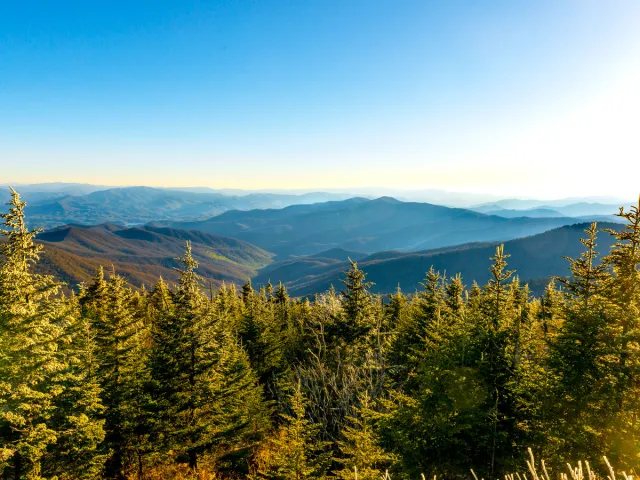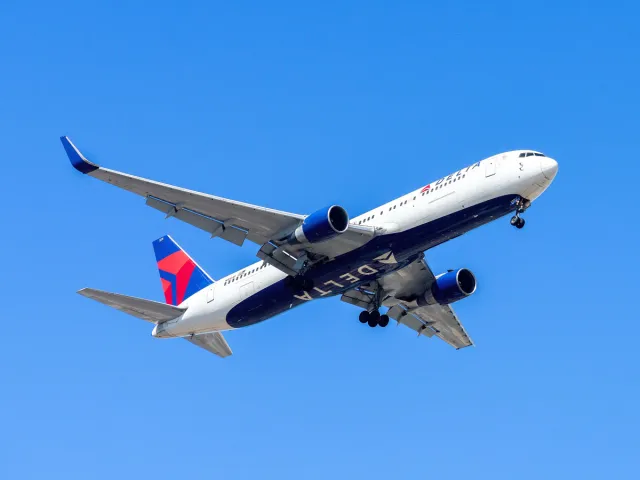Can you recite all 50 United States by memory? What if we told you that more than a few of those states were nearly given completely different names than the ones we know today? A bit mind-blowing but true. Here are eight states that almost had entirely different names — and the fascinating stories behind them.
Maine
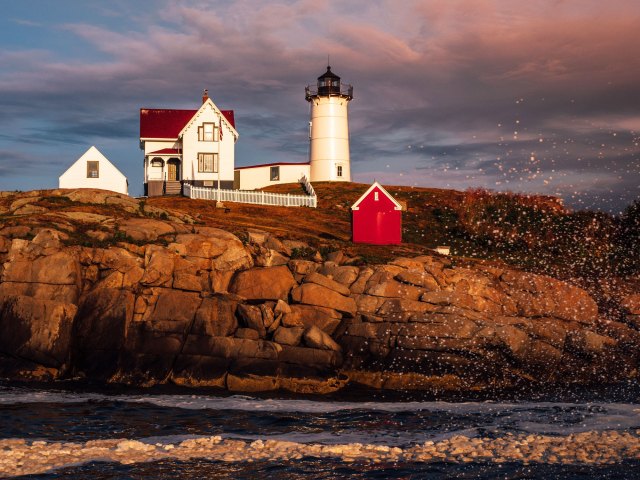
New Somerset, Yorkshire, Columbus, and Lygonia were all potential names for Maine, but, of course, none of them stuck. In fact, King Charles reportedly hated the name New Somerset so much that he responded adamantly that the region should be known as “the County of Mayne and not by any other name or names whatsoever.”
The name Mayne first appeared in writing as early as 1622, but to this day, no one is quite sure how it morphed into Maine instead — and where the name ultimately came from. The most prevalent belief is that the region was named after the nautical term “main land” to distinguish it from the many islands located in the sea around the coast of Maine. An alternate theory is that it was named after an English village or a French province of the same name. However it came to be, King Charles can rest easy knowing that the name New Somerset never stuck (though Somerset is the name of a county in Maine).
Nevada
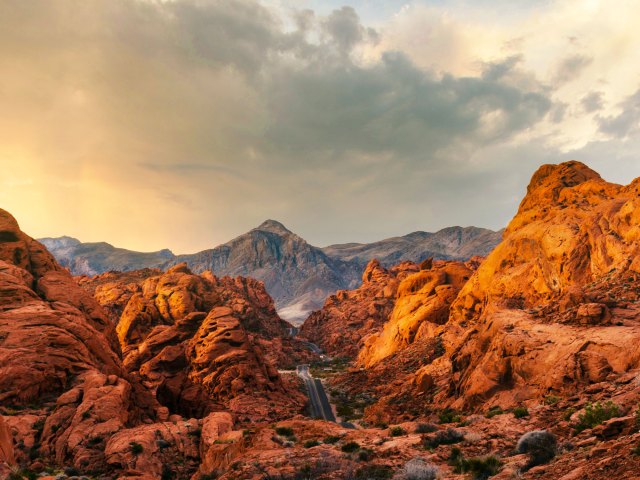
Anyone who has traveled around the West has probably come across the name Humboldt. It appears in county names, street signs, rivers, and mountain ranges — and if history had gone a little differently, the state of Nevada would bear this name, too.
The Humboldt name found its way across the region because of the exploits of an explorer and naturalist named Alexander von Humboldt. Born in 1769, he helped popularize scientific exploration with his book Kosmos. Humboldt had a fascination with geology, and he ended up traveling approximately 6,000 miles across Central and South America, exploring the oceans and landscapes. On his travels, he became the first person to figure out that altitude sickness was caused by lack of oxygen.
However, Humboldt never actually set foot in the western U.S. It was fellow explorer John C. Fremont who chose to name many locations after him in honor of his scientific contributions. When Nevada became a state in 1864, Humboldt was seriously considered as a name — but ultimately, the government chose Nevada, the Spanish word for “snow-covered,” instead.
Utah
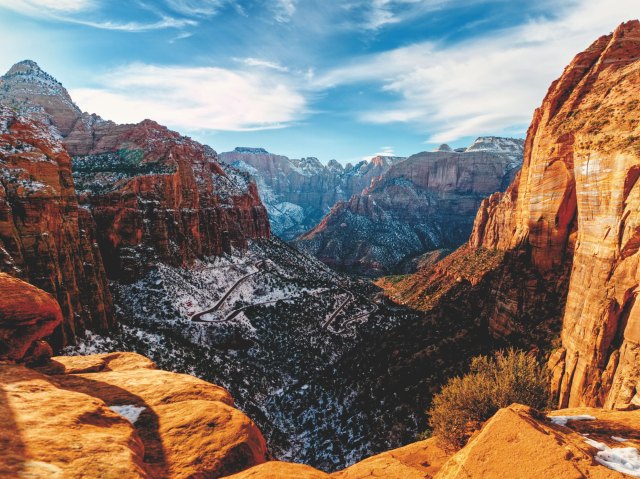
The origins of Utah are closely tied to the history of the Mormons, who initially wanted to name this state Deseret after a name in the Book of Mormon. While the Mormon church began in New York, its members struggled to acclimate. This forced church members to hit the road as they searched for a place to settle.
Leader Brigham Young decided to move the Mormons west to the Salt Lake basin. As they began to settle, Young petitioned Congress to create a new state for them. The initial suggested boundaries of Utah were enormous, spreading across what is now Nevada and stretching all the way to the coastline of Southern California.
Young’s petition was initially declined, at least in part due to the prevailing anti-Mormon bias in American society at the time. However, after the Mormons publicly abandoned polygamy several decades later, they were finally granted statehood in 1896. The resulting state was much smaller than they had hoped, and they didn’t get to name it Deseret. Instead, the government chose the name Utah, after the Ute tribe that lived there.
Kentucky
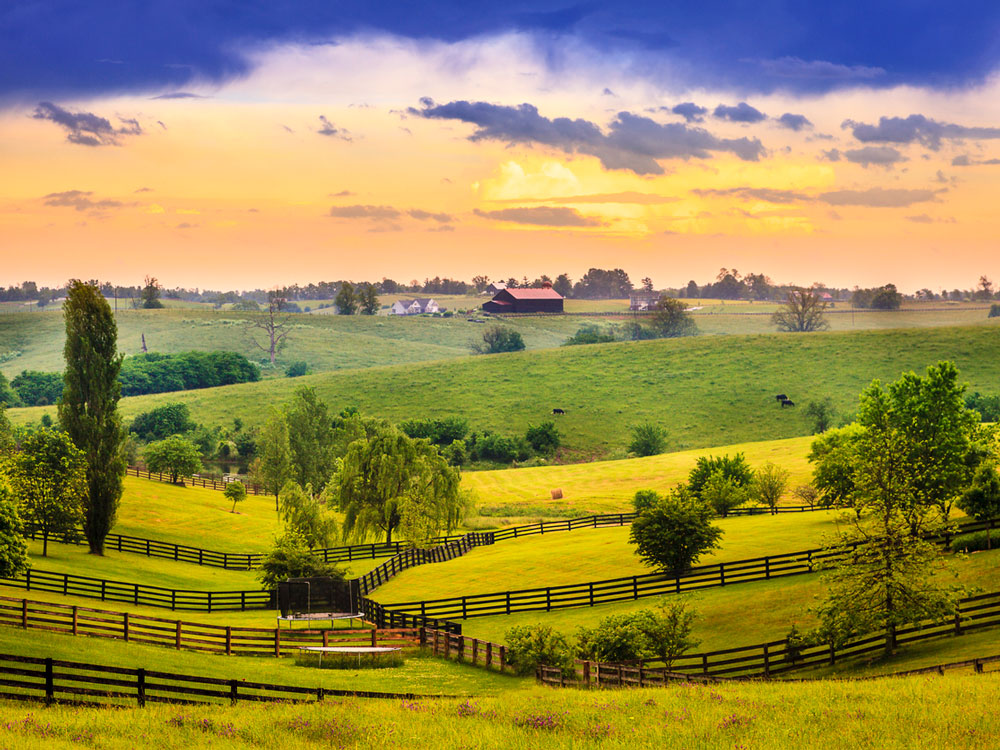
We’re all familiar with Kentucky bourbon and the Kentucky Derby, but if history had gone another way, we could have been drinking Transylvania bourbon while watching the Transylvania Derby. The name has nothing to do with Dracula, although T-shirts for Lexington’s Transylvania University are always a popular tourist souvenir.
In 1750, physician and explorer Thomas Walker came across a long-rumored path through the Appalachian Mountains, which he named the Cumberland Gap in honor of the Duke of Cumberland. Nearly 20 years later, explorer Daniel Boone crossed the Gap; Fort Boonesborough was established in 1775.
Around the same time, businessman Richard Henderson set up the Louisa Company to negotiate the purchase of some land in what is now Kentucky. The company soon changed its name to the Transylvania Company, and in 1775, Henderson signed the Treaty of Sycamore Shoals with the Cherokee tribe, granting him a large tract of land. It became known as the colony of Transylvania. The Latin root “sylvania” refers to a wooded area, and “trans” means “across” (as in, across the Appalachians).
Unfortunately, Henderson’s treaty was quickly struck down since Virginia had already laid claim to the land and declared ownership of all rights. Hopes for Transylvania faded, and in 1792, this part of Virginia’s land broke away to become the state of Kentucky. However, no one can quite agree on the origin of the name. Possible translations include “prairie,” “land of tomorrow,” and “river of blood.”
Oklahoma

Fifty-five Native American tribes live in Oklahoma, and at one time, it was proposed that Oklahoma would be named after one of their most renowned figures — Sequoyah, who introduced reading and writing to the Cherokee language. In 1890, the Oklahoma Organic Act passed in Congress, with the intention of creating a new state. At the time, the land included in the proposal covered two territories: the Oklahoma Territory in the west and the Indian Territory in the east, where multiple tribes had been forcibly moved as a result of the 1830 Indian Removal Act.
The Cherokee, Creek, Seminole, Choctaw, and Chickasaw Nations united in a proposal to seek statehood, which would allow them to maintain control over the lands originally granted to them during the previous treaties and resettlements. The state would be run in accordance with tribal governments, with each tribe having its own county.
In 1905, several bills were filed in Congress to request the state of Sequoyah. However, politicians in D.C. refused to even consider the possibility of a Native American-led state. Instead, President Theodore Roosevelt suggested that the two territories be joined, and in 1906 he signed the law that created the state of Oklahoma, a name that comes from the Choctaw language and means “honorable nation.”
West Virginia

In 1863, West Virginia was formed after taking the unusual step of seceding from the state of Virginia. The move protested Virginia’s secession from the Union in support of the Confederacy. The original proposed name for the new state was Kanawha, although some were worried that this might be confused with the existing county of the same name. Eventually, Kanawha gave way to simply West Virginia.
This wasn’t the region’s first attempt to form a separate state. Benjamin Franklin proposed the State of Vandalia in the 1770s. (The name was in honor of George III’s wife Charlotte, reputedly a descendant of the Vandal people.) The state would have encompassed what is now West Virginia, as well as parts of Maryland, Virginia, Kentucky, and Pennsylvania. However, the Revolutionary War superseded those plans.
In 1775, locals petitioned the Continental Congress to create Westsylvania, comprising roughly the same area as the proposed Vandalia. Both that petition and another in 1783 went ignored. Historians suspect that the Continental Congress did not want to rile up Virginia or Pennsylvania at a time when they needed to show a united front.
Wyoming
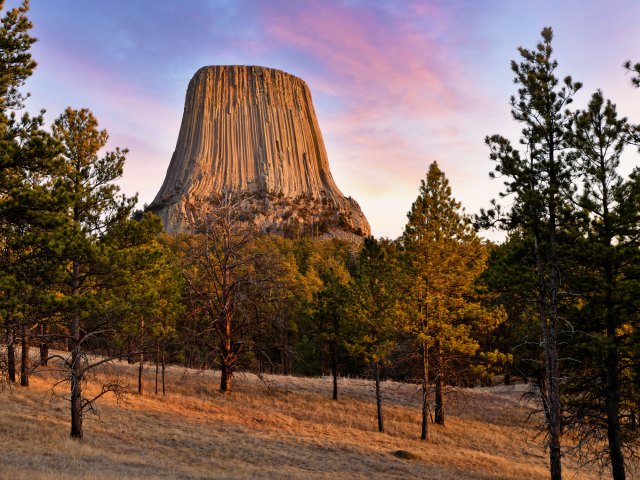
Wyoming’s name is derived from the Delaware Native American word mecheweamiing, which means “large plains.” But the original Wyoming wasn’t out west — it was the name of a valley in Pennsylvania.
In 1865, when a new territory was being considered in what is now Wyoming, James Ashley, a U.S. representative for Ohio, suggested the name Wyoming. Born in Pennsylvania, he was familiar with the Wyoming Valley and believed that the name would reflect the verdant valleys of the newly expanding American West. But this was before he’d actually visited the region — after doing so, he expressed regret about the name choice, deeming the land not fertile enough to produce crops or sustain a population. However, by this time, the name had already caught on.
When Wyoming finally achieved statehood in 1890, alternatives more fitting to the area’s peoples and history were considered. Potential names included Cheyenne, Yellowstone, Big Horn, Sweetwater, and others. But Wyoming was how most people referred to the land, and so the state retained its historical link with Pennsylvania.
Colorado
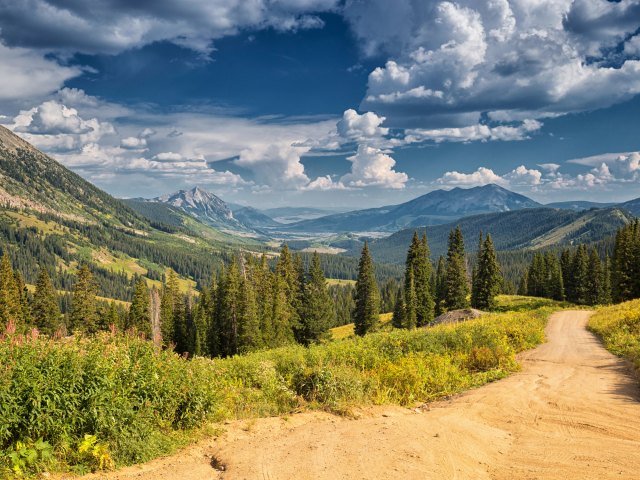
Before Idaho achieved statehood in 1890, its name was almost used for another state: Colorado (which joined the Union in 1876).
While some claim that the name Idaho came from a Kiowa word for “enemy,” historians say that there is no trace of the word before it was mentioned in Congress in 1860. When much of the West was opening up to mining, lobbyist George M. Willing proposed the name for what is now Colorado, claiming it was a Shoshone word. Although this was disputed, few people paid attention at the time.
Later, though, an amateur historian who had originally joined Willing in the proposal did a little more research and came to the conclusion that the word was made up. He asked the Senate to change the name, and Colorado (Spanish for “red-colored”) was chosen instead. Despite the misconceptions, the Idaho name stuck around in popular consciousness. When Congress later decided to create another mining territory further north, the name was chosen for the territory and eventual 43rd state.
Featured image credit: Trevor Hayes/ Unsplash
More from our network
Daily Passport is part of Optimism, which publishes content that uplifts, informs, and inspires.












